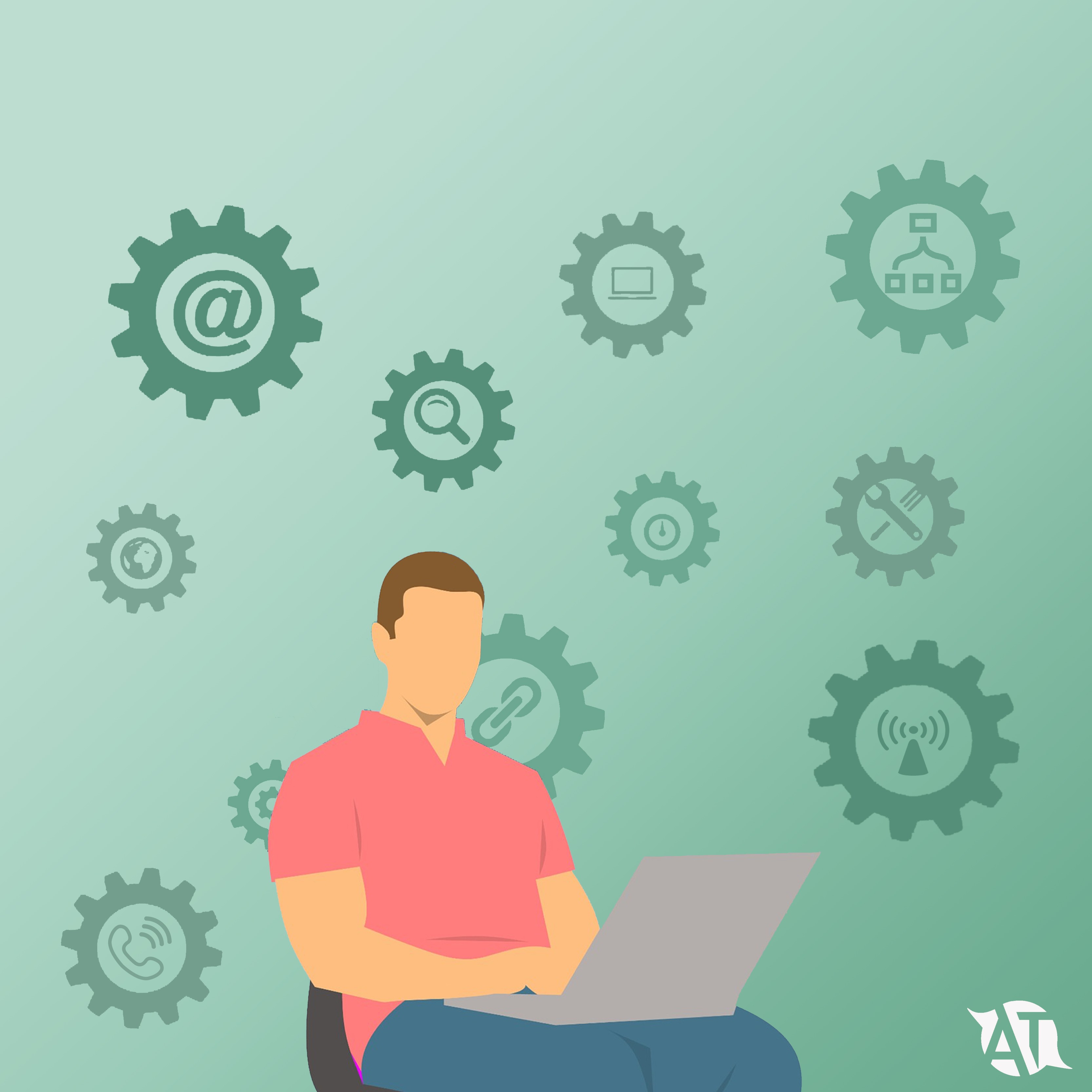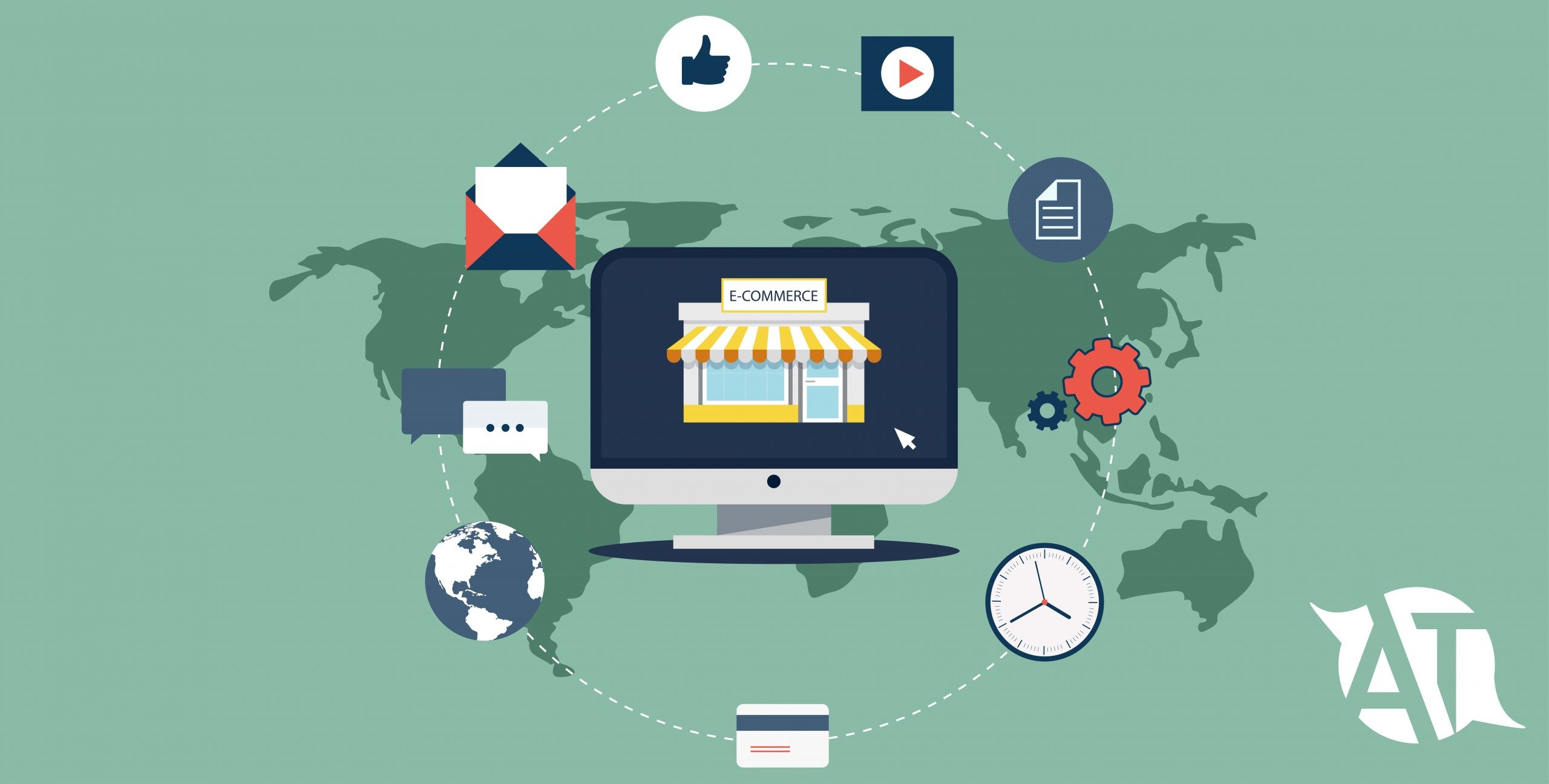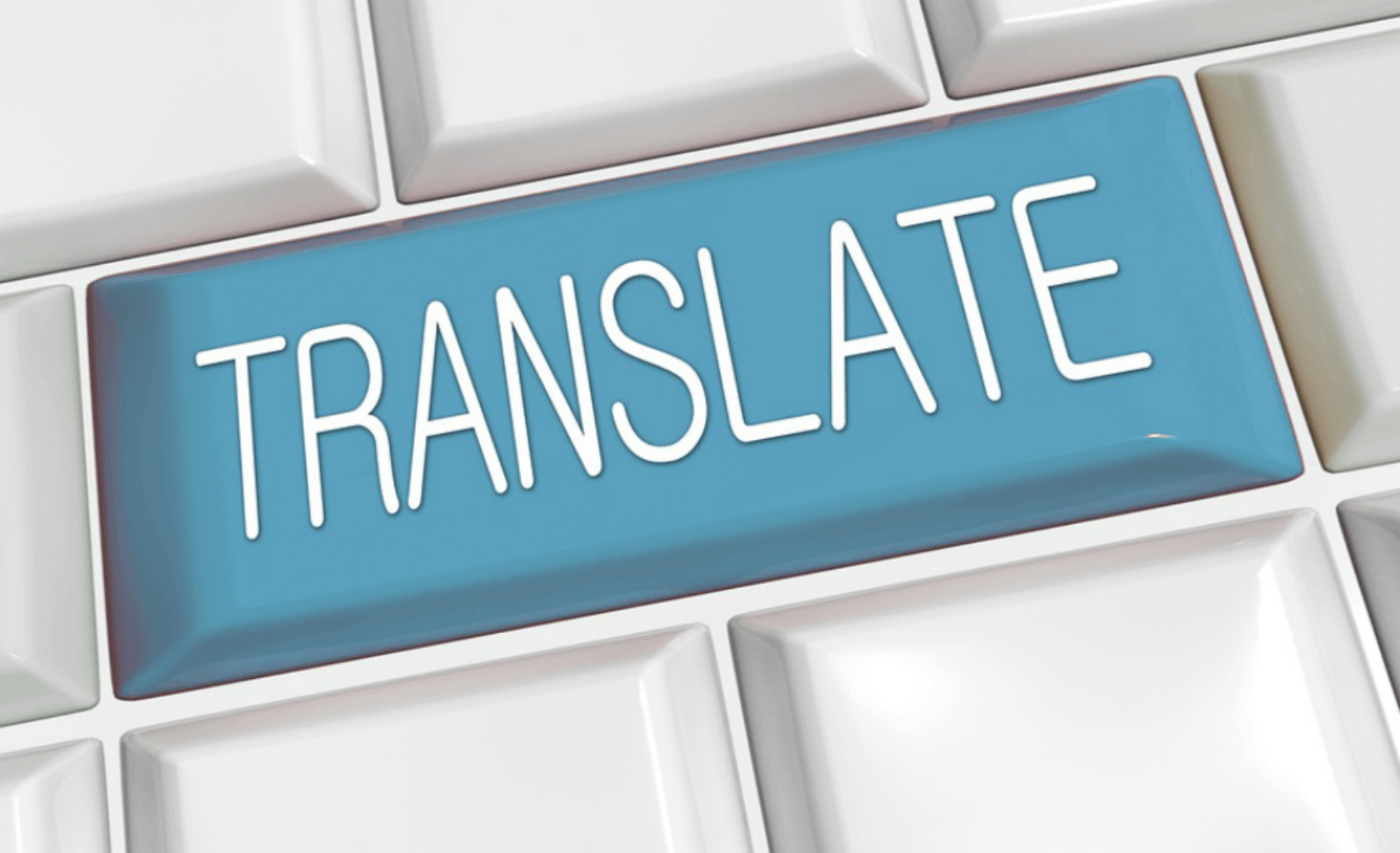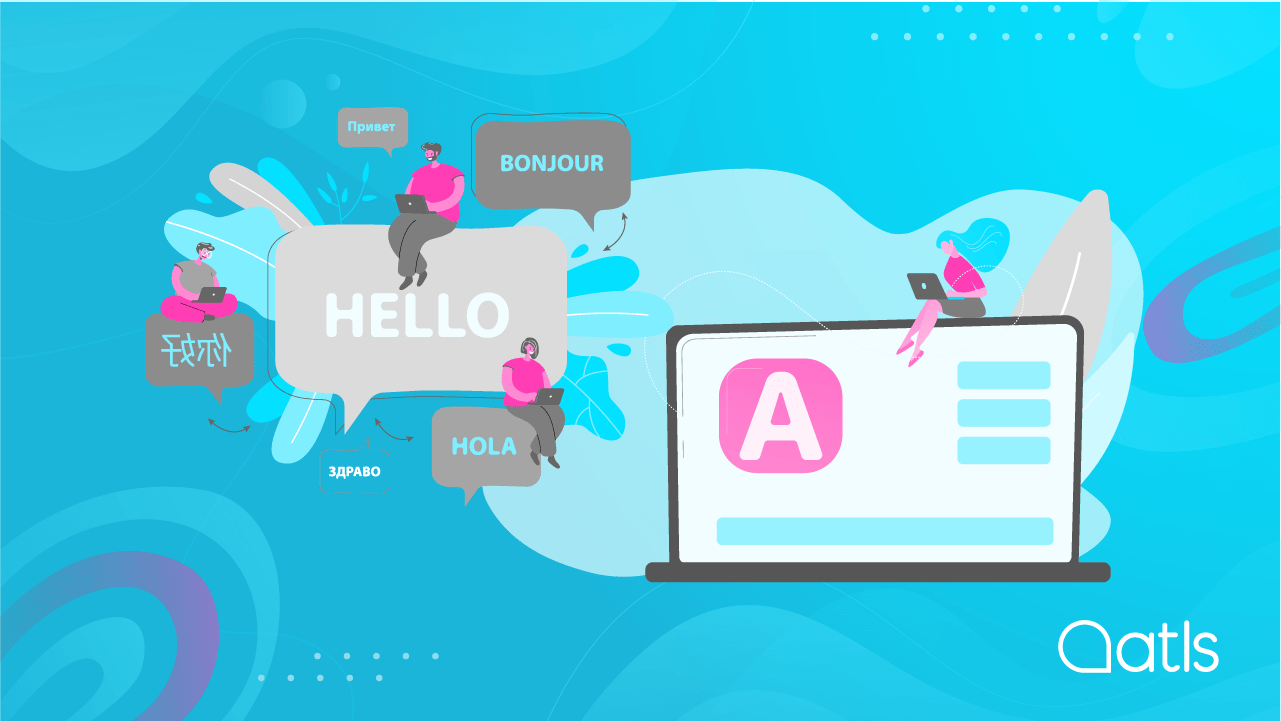Translation is key to transmitting information

Ever since the dawn of the technological age, the ways we exchange information have constantly evolved. It can be broadcast across a number of channels and now, with the internet, it can all happen in an instant. We have telecommunications to thank for this level of immediacy: billions of users now have the capacity to be connected - from anywhere in the world. And now that it's possible to access all this information instantly, we often prioritise being the first to broadcast it over making sure it's done correctly. This is why we need to make sure we send the right message: even the slightest error can change the meaning of a message - and the impact it has on the receiver. Today we're looking at how telecommunications and translation are key to transmitting information.
The advantages of telecommunications
When we talk about telecommunications, we mean any type of communication that takes place over a distance, harnessing technology to send and receive information. Professionals working in the sector must be expert in several subjects (mathematics, computing, physics, etc.) in order to be able to transmit the information and adapt it to all channels.
Technological advances have led to the evolution of communications, meaning users can now enjoy a number of advantages:
- Personal relationships: With the internet came social networks and chat apps; giving family members, friends, and acquaintances the ability to keep in contact and establish closer relationships. Over the years these applications have evolved to the point where they're now used as a communication tool by companies, who can use chatbots to stay in touch with customers and help them resolve their queries.
- Professional relationships: This is where video calls have come in: meetings can be held between employees working for the same company but in different branches or countries, and all in real time. This optimises time and leads to improved outcomes: decision-making can now happen instantly. With an internet connection, mobile devices, tablets, and communication tools, it's possible to be connected to work at all times without actually being there; for example when on work trips, at events or exhibitions, when employees need to be somewhere else but still work on their usual tasks.
- Digital connections: Telecommunications adapt information and transmit it from any channel. Artificial intelligence has brought major progress to aspects of our daily lives: we can connect devices and home appliances to make smart homes, and program machines to carry out tasks without any need for human intervention.
Tips for improving translations
All these messages are sent using electromagnetic waves that make it possible for information to travel from one terminal to another. Bundles of information can consist of anything from numbers or source code to content, images, and sound. If we want everything we communicate to be broadcast and received from anywhere in the world, at the same time as making sure the information is adapted from one channel to another, we also need to translate the content from one language to another so that everyone receives the same message.
This type of translation is complex, so here are some tips to help you get it right.
- Watch out for jargon: Certain sectors use highly specialist vocabulary. In some (engineering, physics, mathematics, etc.) a lot of jargon and technical language is used, so it's essential that the translation is done by a professional who specialises in the sector: this way you can avoid errors in adaptation.
- Adapt your message: We'll never tire of saying this: literal translation should be avoided. Your message or content should always be adapted to the target language, even this means the translation isn't identical to the original. Every country has its own idiosyncrasies and ways of communicating. It's about finding alternative words or phrases which will give your message the same impact in another culture.
- Save on translation: The use of apps is on the rise. Some traditional methods have already almost become obsolete, being replaced by apps and technology. A lot of companies go down this route because they're so easy to use. It can be seen in banking, where you can now sign contracts, do transfers, take out investment funds, apply for mortgages, and carry out a whole host of other procedures - all without even going to a branch. Translating these types of apps is relatively low cost: the majority of information consists of coding and/or numbers, which doesn't need to be translated; you only need to focus on the content, so the final quotation will be much more economical.
- Machine translation: We're in the age of immediacy, and companies are looking to secure their position on the market by offering information before anyone else. Technological advances have helped translation to evolve. The advent of translation engines has made it possible to train machines capable of translating content instantly. Following on from rule and statistics-driven engines, we now have new neural networks (AI) that "learn" with each translation - and they're revolutionising translation. If you want to transmit information in another language in real time, these tools have made it possible.
At ATLS we offer various translation solutions tailored to all such requirements. Our tools give added value: we've brought language and technology together to automate processes and achieve the level of immediacy the world now needs. If you've got any queries about how it all works or think your business needs a different type of service, contact us and we'll help you find the answers.




